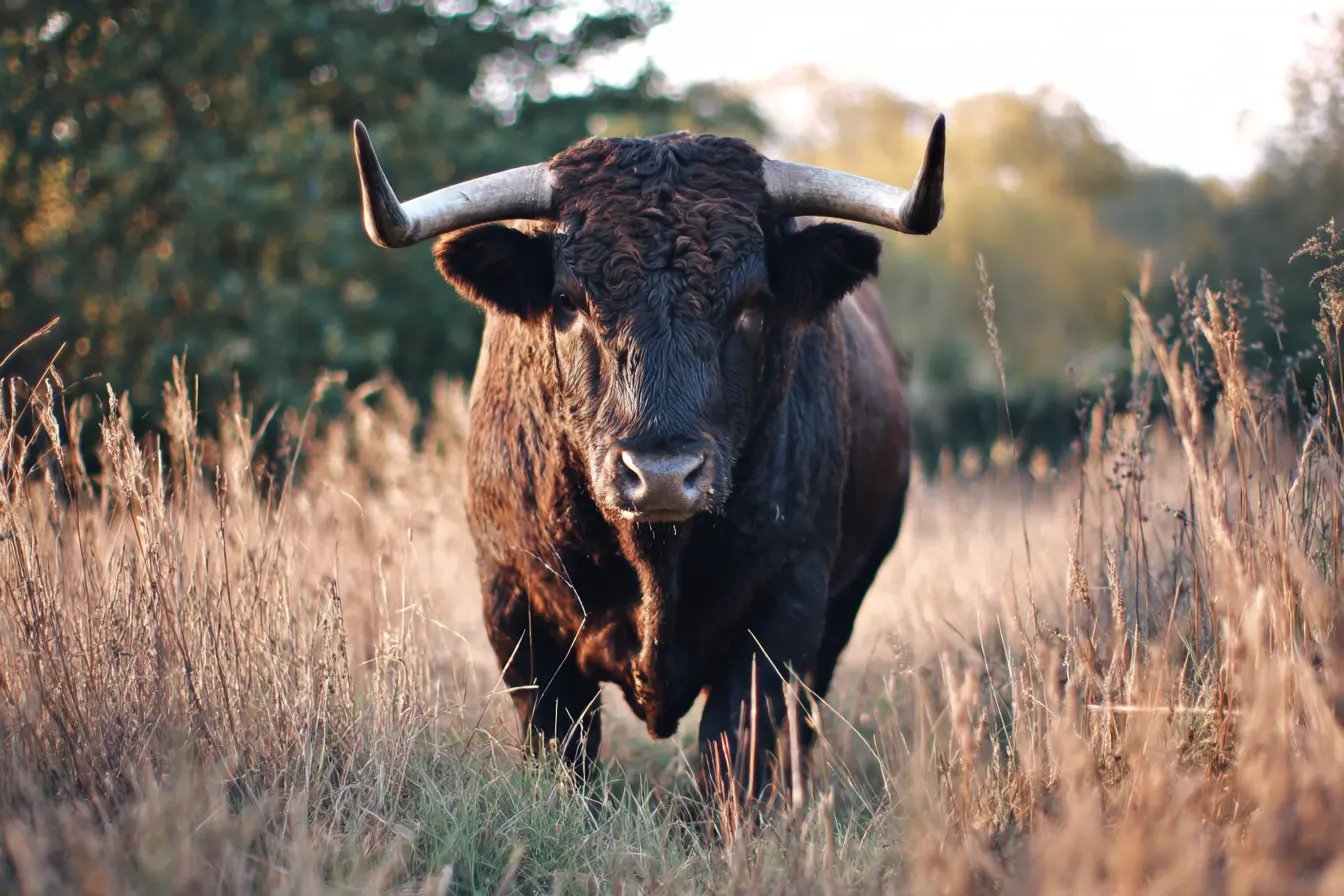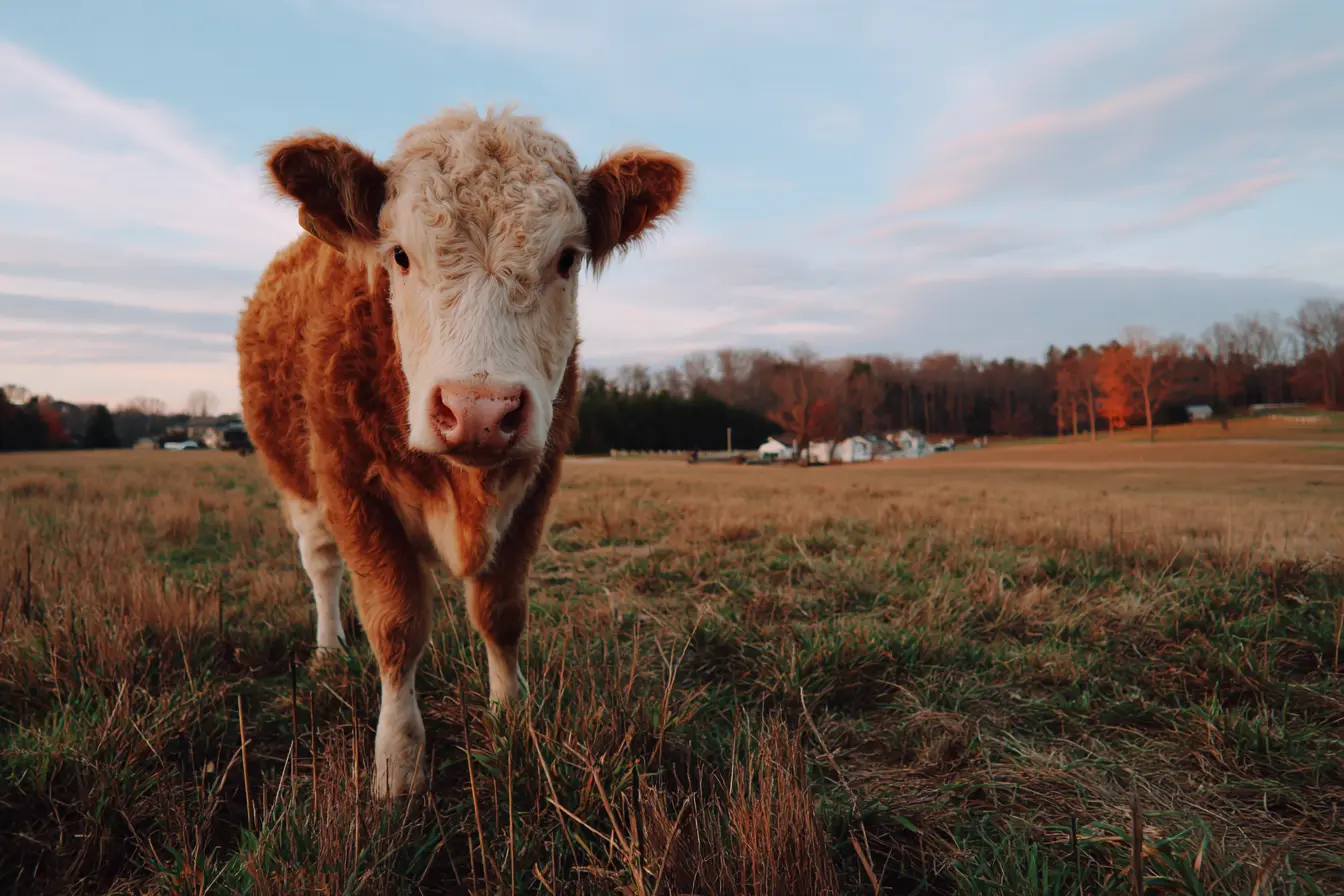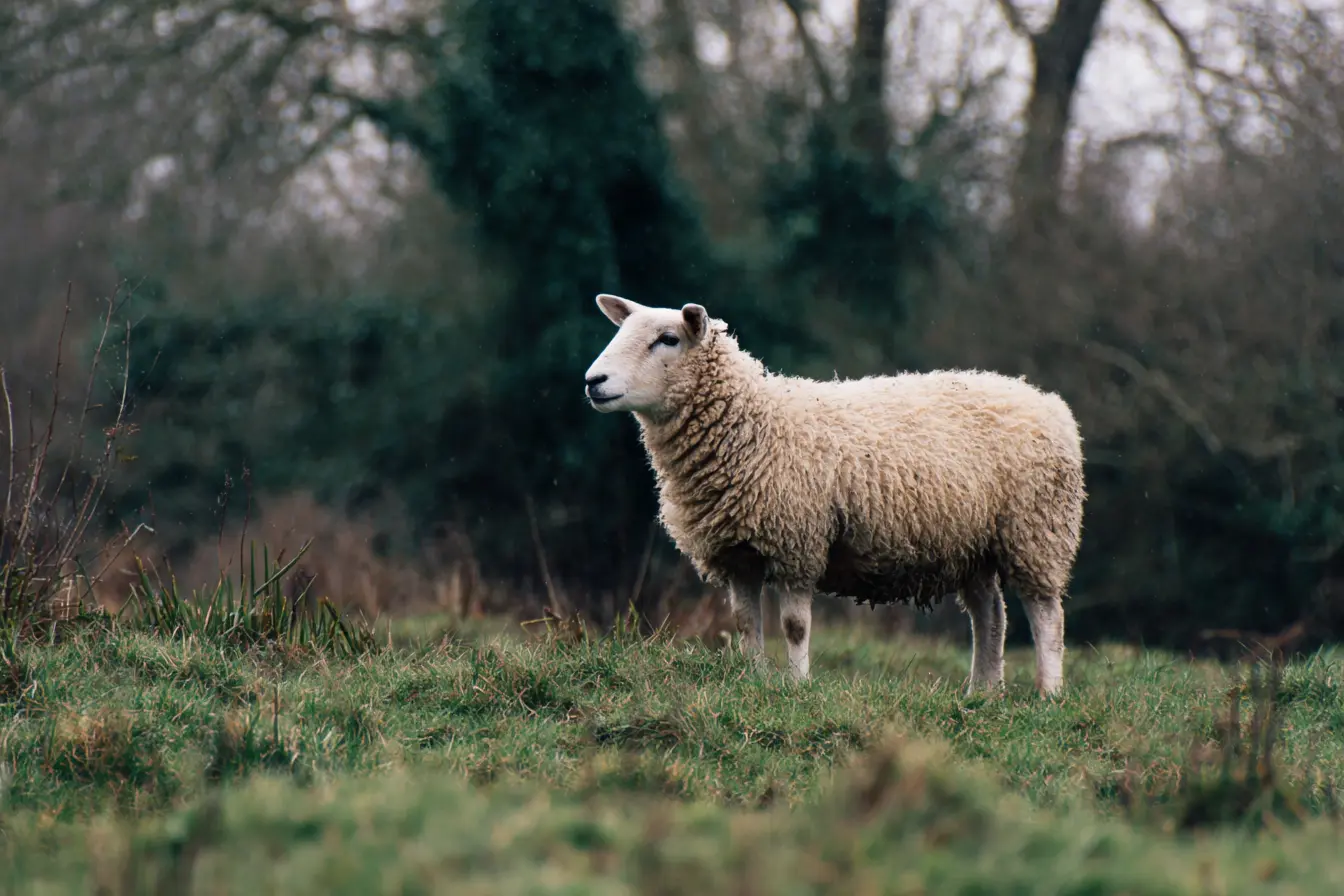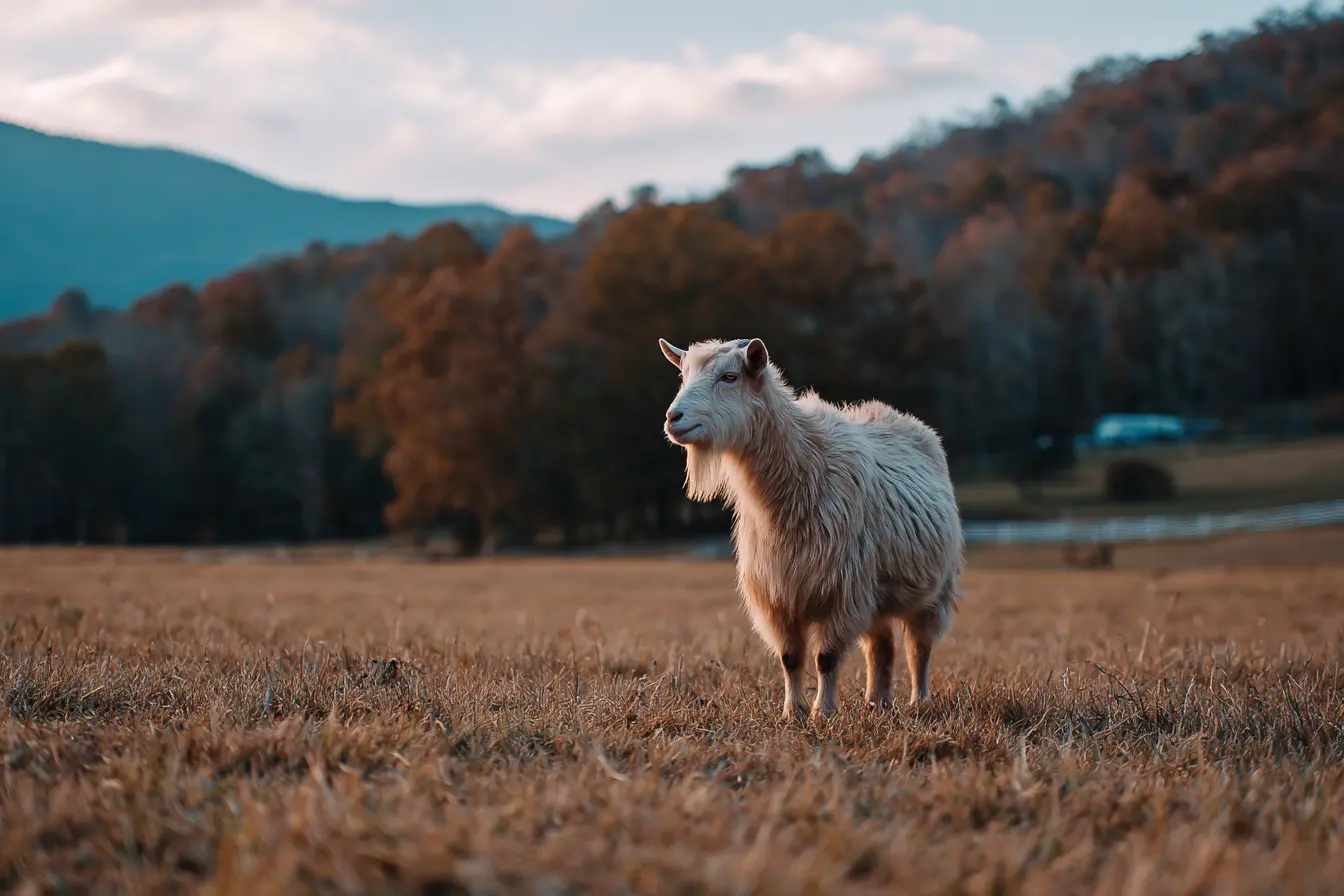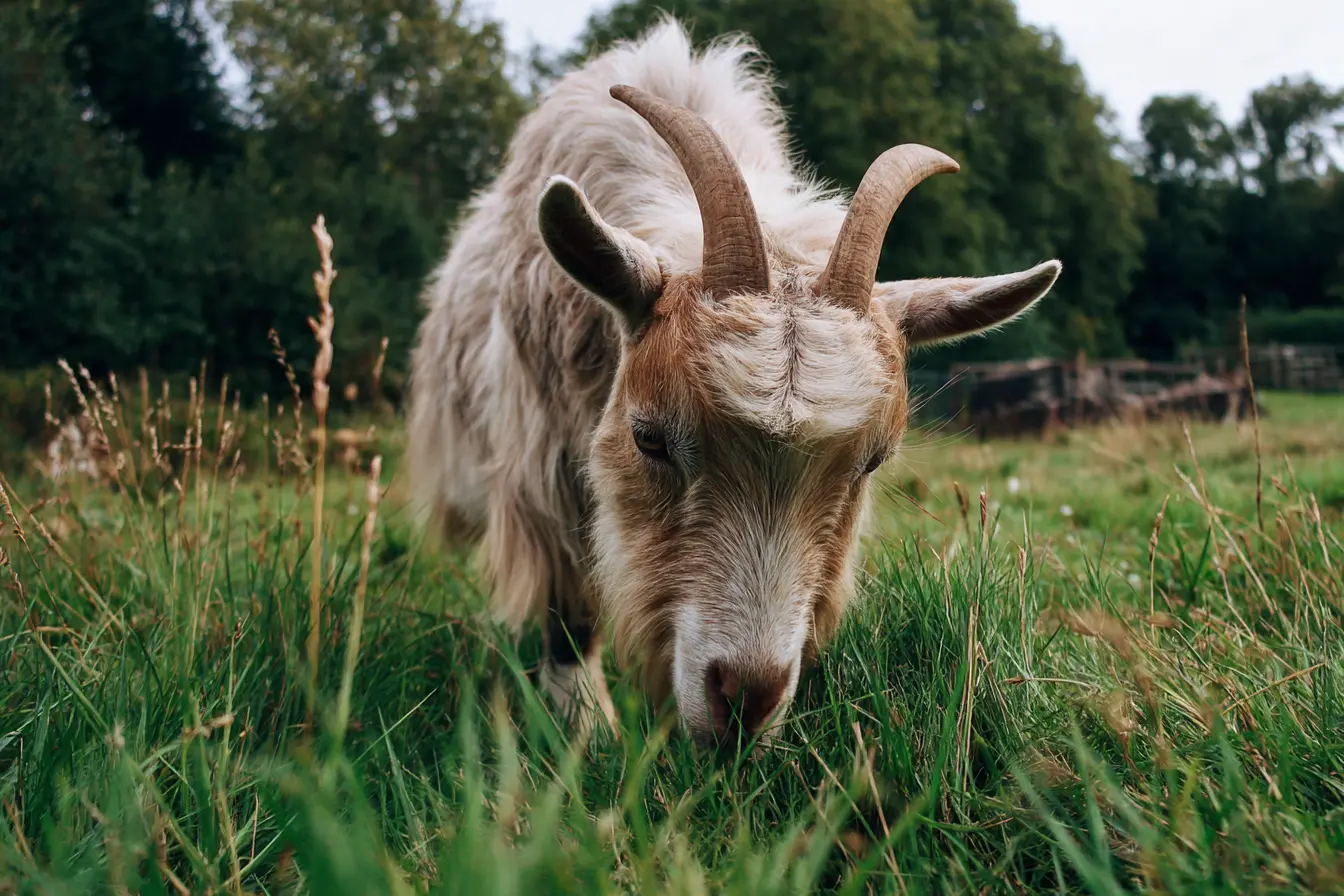
A Complete Guide to Fleece Rot in Goats
Fleece rot is a condition that affects the coats of fibre-producing animals, including goats such as Angora, Cashmere, and Pashmina breeds. It can severely reduce the quality of fibre and, if left untreated, compromise the health of the animal. For farmers and fibre enthusiasts in the UK, where damp and variable weather creates ideal conditions for fleece rot, understanding this problem is essential.
This guide explores what fleece rot is, how to recognise it, what causes it, how to prevent it, and the best treatment options available.
What is Fleece Rot?
Fleece rot is a skin and fibre condition caused by prolonged dampness of the coat. When the fleece remains wet for extended periods, bacteria and fungi thrive, breaking down the fibre and irritating the skin.
While fleece rot is most often associated with sheep, goats with dense, fine fleeces such as Angoras and Cashmeres are also at risk. In goats, fleece rot is sometimes referred to as dermatophilosis when caused by the bacterium Dermatophilus congolensis.
Causes of Fleece Rot
Fleece rot typically develops due to a combination of environmental, nutritional, and management factors:
- Wet and damp conditions: Long periods of rain and humidity, especially in the UK climate, keep fleeces wet.
- Poor ventilation: Goats housed in damp, poorly ventilated shelters are at higher risk.
- Fleece density: Fine fibre breeds with thick coats are more prone, as air circulation is reduced.
- Skin damage: Minor cuts, scratches, or insect bites provide entry points for bacteria.
- Nutritional deficiencies: Lack of essential minerals, such as copper and zinc, weakens skin and fibre resistance.
- Parasites: External parasites can damage skin and contribute to infection.
Symptoms of Fleece Rot
Recognising fleece rot early is key to preventing fibre loss and further complications. Common signs include:
- Discoloured patches in the fleece (yellow, green, or brown staining).
- Clumping or matting of fibre.
- Foul or musty smell from affected areas.
- Scabs or lesions on the skin beneath the fleece.
- Hair or fibre loss when scabs are removed.
- Irritation or discomfort – goats may rub or scratch affected areas.
- In severe cases, systemic illness if bacterial infection spreads.
Diagnosing Fleece Rot
Diagnosis is usually based on physical signs and history of wet conditions.
- Visual inspection: Look for stained or clumped fibre and skin lesions.
- Veterinary tests: Skin scrapings or bacterial cultures may confirm the presence of Dermatophilus congolensis.
- Differential diagnosis: Must be distinguished from lice, mites, or fungal infections such as ringworm.
Treatment of Fleece Rot
Prompt treatment is necessary to protect both goat health and fibre quality.
Immediate Actions
- Move goats to a dry, well-ventilated shelter.
- Gently clip or trim away affected fibre to expose the skin and allow air circulation.
- Isolate severely affected animals to prevent spread.
Veterinary Care
- Apply topical antiseptics (iodine, chlorhexidine, or specialised veterinary washes).
- In severe cases, systemic antibiotics prescribed by a vet may be required.
- Anti-inflammatory medication may be used if the goat is in discomfort.
Supportive Care
- Ensure goats are kept warm and dry, especially after fibre removal.
- Supplement with minerals (zinc, copper, selenium) if deficiencies are suspected.
- Treat underlying parasite burdens.
Prevention of Fleece Rot
Prevention is more effective than treatment and relies on good management practices.
Housing and Environment
- Provide dry, well-drained shelters with good airflow.
- Use clean, dry bedding such as straw or wood shavings.
- Avoid overcrowding, which increases humidity.
Grazing Management
- Avoid keeping goats in boggy or waterlogged fields.
- Rotate pastures to prevent mud build-up in high-traffic areas.
- Provide field shelters during prolonged wet weather.
Fibre Management
- Shear or comb goats at the correct times to avoid overly long, dense fleeces during the wettest months.
- Regularly check fleeces for signs of matting, dirt, or dampness.
- Consider protective coats for high-value fibre goats in very wet conditions.
Nutrition
- Provide a balanced diet with adequate minerals.
- Offer goat-specific mineral licks (avoid sheep licks, which lack copper).
- Ensure good overall condition to support immune function.
Impact on Fibre Production
Fleece rot significantly reduces fibre quality and marketability:
- Discoloured and stained fibre is less valuable.
- Broken and matted fibres are difficult to process.
- Removal of affected fleece lowers total yield.
- Scarring or damage to the skin may permanently affect fibre regrowth.
For fibre goat keepers, fleece rot represents both an economic and welfare concern.
When to Seek Veterinary Help
Call a vet if:
- Lesions spread rapidly or cover large areas.
- Goats show signs of systemic illness (fever, lethargy, loss of appetite).
- Home treatments are not improving the condition.
- You are unsure whether the problem is fleece rot or another skin disease.
Conclusion
Fleece rot in goats is a serious condition that can damage both fibre quality and animal welfare. While damp climates such as the UK increase the risk, good management practices can prevent most cases. Dry housing, proper nutrition, parasite control, and careful fleece care are key to protecting your goats.
By understanding the causes, recognising early signs, and acting quickly with treatment, goat keepers can safeguard both their animals and their fibre production. Healthy goats mean healthy fleeces, and ultimately, better quality fibre for the market.
Vets near you
Speciality vets
- Aquatics vet specialists
- Birds vet specialists
- Camelids vet specialists
- Cats vet specialists
- Cattle vet specialists
- Deer vet specialists
- Dogs vet specialists
- Equines vet specialists
- Exotic vet specialists
- Goats vet specialists
- Pigs vet specialists
- Poultry vet specialists
- Sheep vet specialists
- Small Mammals vet specialists
- Wild vet specialists
